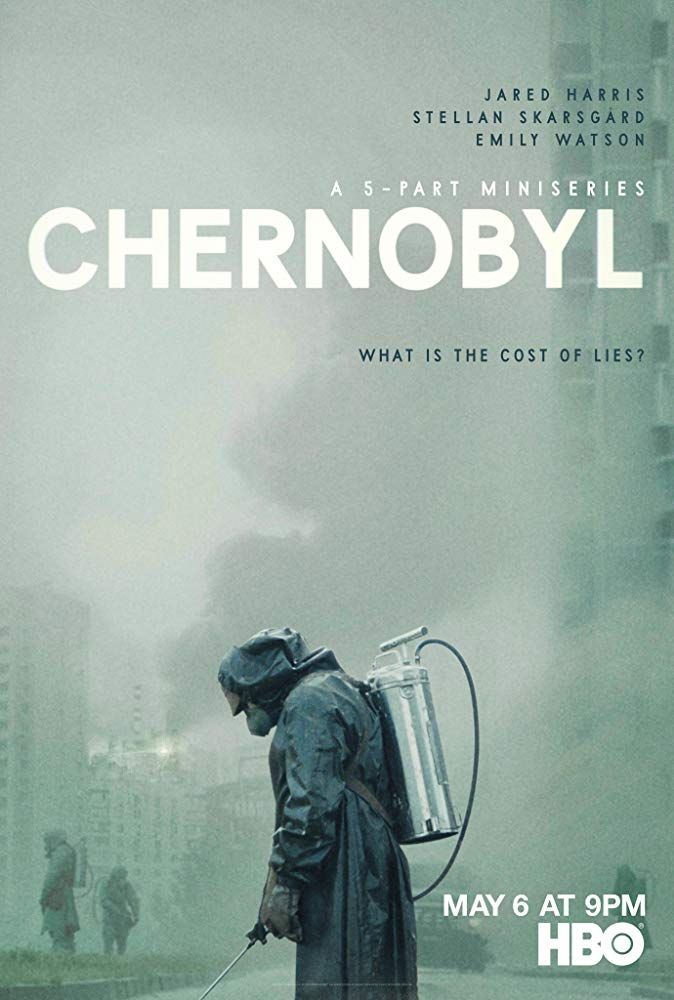
When Shcherbina and Legasov discover that the Soviet robots designed to move on the Moon couldn't do the job of cleaning up the worst of the rubble at Chernobyl - because the high radiation fried the robot circuity - Legasov suggests "bio-robots," a clever name for human beings.
This was the highpoint of Chernobyl 1.4 - high in the sense that at least it got the job done, though who knows how many of the soldiers died, sooner or later after their work. In contrast, the slaughter of animals in the radioactive zone was nothing but horrible. As was the story of the firefighter's wife, who survived the radiation only because her unborn child absorbed it, and died hours after birth.
On the fate of the dogs and cats in the "exclusion" i.e. evacuated because lethally radiated zone, it's worth mentioning the discovery early this year that wildlife is thriving now, in 2019, in that same zone. As one wit and scientist observed, apparently humans were more injurious to animal life than has been the radiation from Chernobyl.
And the true villains in this harrowing, sobering docu-drama are human beings not atoms. Humans who thought splitting the atom could be safely harnessed to make energy in the first place. Humans, more specifically the KGB, who covered up a flaw or problem with the Chernobyl type of reactor back in the 1970s, a decade before the explosion, when a similar reactor exhibited the bizarre, counter-intuitive effect of superheating immediately after it was shut down. As Shcherbina observed, the public relations of the Soviet state, the maintenance of the myth of Soviet superiority, came before disseminating information about this effect, information which could have prevented Chernobyl.
But lest we think that only the Soviet Union was afflicted with placing image before safety, this is something that most nations and institutions can suffer from. Next week, in the finale of this important docu-drama, we'll learn how our principals were able to get at least some of the truth out to the world.
See also: Chernobyl 1.1: The Errors of Arrogance ... Chernobyl 1.2: The Horror Movie ... Chernobyl 1.3: The Reasons

No comments:
Post a Comment